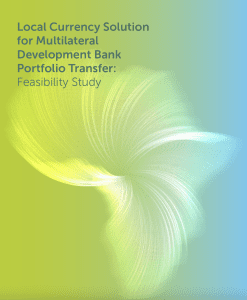1.1. Purpose of the Guidelines
The purpose of these Guidelines is to help countries build frameworks for managing loan guarantees and on-lending, by outlining standard structures and processes driven from sound
practices, at regional and global level. A secondary purpose is to provide key information on identifying and monitoring selected sources of contingent liabilities.
The MEFMI member countries are expected to adapt the Guidelines to develop their own frameworks, considering their specific circumstances.
1.2. Managing contingent liabilities
Contingent liabilities are sources of fiscal risks due to the uncertainty that is structurally embedded in them. History has shown that if governments do not manage fiscal risks arising from contingent liabilities and take necessary measures in a timely manner, they can be caught unprepared for their fiscal burden. Therefore, the objective of contingent liability management is to mitigate and manage fiscal risks arising from these liabilities both at the instrument and portfolio level.
Contingent liability management also aims to ensure that the decision makers are well informed about the costs and risks of the contingent liabilities they are considering beforehand. The information assists in the assessment of the contingent liability against other forms of government financing modes, such as on-lending, capital injections and direct subsidies. This objective is applicable for contingent liabilities that are explicitly issued by the government, e.g. loan guarantees. To achieve this objective, the costs and risks of the contingent liabilities should be assessed ex ante.



